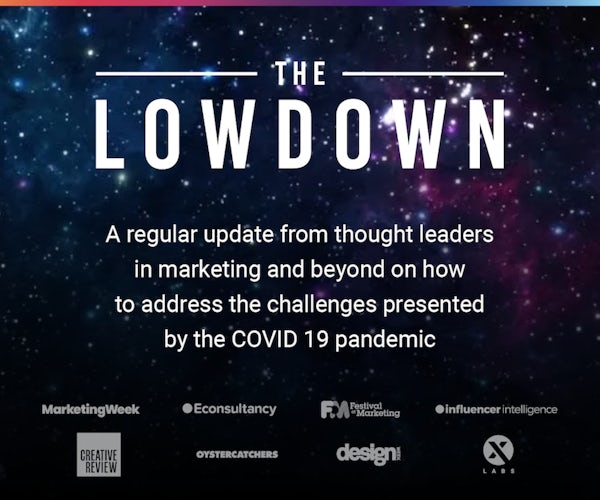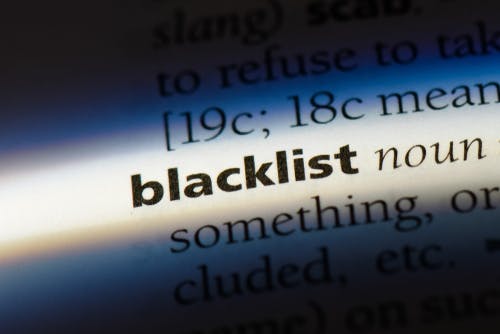In troubled times, people turn to trusted sources of news.
Kantar’s recent Covid-19 Barometer found that national media channels are the most trusted information source above even government agency sites or digital healthcare platforms, and Havas Media Group research in markets around the world also reflects this. In the UK, the BBC was revealed as the most trusted news channel during the outbreak, with 64% citing it as a factually correct source of information about Covid-19. Trusted publishers have reported a surge in traffic, with The Guardian recording a 50% increase.
The fourth estate is regaining its primacy as the trusted arbiter of information. In Havas research carried out with Dow Jones Wall Street Journal, we learned that context in news is important – up to 83% of the trust in a known media brand can be transferred to the advertiser in these environments. Yet at this very moment, our most trusted news brands are facing a monetisation crisis, with reports of advertisers trying to blacklist news publishers over concerns that brands are appearing next to Covid-19 content. So while newspaper publishers are gaining record numbers of online readers looking for news and information about the outbreak, publishers are struggling to make ad revenue from these increased visits.
The pipes that deliver online advertising have many powerful levers for advertisers to pull, and it’s understandable that worried media buyers have yanked the biggest lever available to them; but there is a more nuanced set of controls we can leverage as an industry to support these trusted platforms, delivering positive exposure for brands and a positive media experience for consumers.
Instead of choosing to blacklist publishers featuring Covid-19 related content, here are three strategies that modern media buyers should be employing to ensure brand safety.
Use custom brand safety technology
This will enable you to filter out negative news content rather than simply targeting one keyword
Whilst useful for the wider web, be careful with news sites as frequent new content can outstep tech’s speed and some publishers block crawlers from indexing pages.
Consider leveraging private marketplace deals
Target specific news verticals with publishers such as lifestyle, tech or culture, rather than blacklisting an entire site. Publishers should also be ready to exclude breaking news and live news blogs from extant deals.
Use manual systems to exclude specific content on a keyword basis
Sophisticated publishers have tight integrations between their CMS systems and ad server / SSP (the “pipes” that deliver ads) which allow sellers to do this. Manual systems are less secure, especially where a high volume of content is being produced and keywords are entered manually, but with a little time investment this approach can scale rapidly and securely.
Stay in the market
Advertisers should note that consumers are supportive of brands staying in the market. Kantar’s Covid-19 Barometer reports that less than 10% of consumers felt brands should stop advertising during the outbreak. While acknowledging that messaging should be appropriate, brands must consider whether a blanket ban on advertising on sites featuring Covid-19 content is the right thing to do.
As huge numbers of consumers seek out information and news on the coronavirus from trusted publishers online, brands would be foolish to ignore the opportunity this presents. Blacklisting is an inexact practice which ultimately fails to recognise the vital role that valued news sources are playing during these strange and unsettling times. Smart advertisers will reap the rewards from a more nuanced approach to brand safety.
Getting to Grips with Digital Advertising Best Practice Guide








